Step into the universe of the coolest creatives in the fashion industry with our new series My World, where readers will discover how the top stylists, designers, and tastemakers built their careers; their favorite under-the-radar restaurants and hotels, beloved deep-cut album, and fashion finds; etiquette rules they stand by; and so much more.
Behind many significant style moments, you can find a stylist who first envisioned that now-famous image—not infrequently, that person has been Law Roach. Known as “the image architect,” Roach has built his career in the fashion-and-entertainment industry by meticulously crafting the image of some of the more influential people in Hollywood. Even if you can’t rattle off a list of his most noteworthy looks as a stylist, you’ve seen his work. Law has been the force behind some of the most viral red carpet moments in recent memory for stars such as Zendaya, Céline Dion, Kerry Washington, Ariana Grande, Bella Hadid, Megan Thee Stallion, and many more. His success can’t be simplified into a client list, because he’s attained other accolades, too.
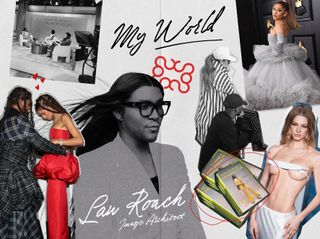
(Image credit: Courtesy of Law Roach; Steve Granitz/WireImage; Robert Smith/Patrick McMullan via Getty Images; Dimitrios Kambouris/Getty Images; Pictured: Law Roach How to Build a Fashion Icon ($28))
Law has made history throughout his career, as he’s often been “one of the first” to inhabit spaces in which many Black creatives before him could have never imagined reaching. The fact that a young Black man from the South Side of Chicago could wind up being one of the most influential stylists in the world was seemingly impossible, but then again, it reflects Law’s innate ability to bring forth unimaginable possibilities. After all, he was the first African American to grace the cover of The Hollywood Reporter's Most Powerful Stylists issue. On top of that, he won the inaugural Stylist Award for American Fashion at the CFDA Awards not once but twice. With so much success, it surprised many in the industry when he announced he’d be stepping back from styling in 2023 (with the exception of continuing to work with Zendaya and Céline Dion).
Although the move may have shocked many, we surmise after our conversation with Law that his intention wasn’t stepping away so much as stepping into himself again. That’s evident in the shift we’ve seen him make from building the public personas of stars to establishing a new pathway for the next generation of creatives. In the last few months, he’s announced his acquisition of the
School of Style, an educational service that provides the tools, resources, and knowledge for aspiring stylists. Additionally, he’s on the tail end of the release of his first book,
How to Build a Fashion Icon: Notes on Confidence From the World’s Only Image Architect, which is “part self-help, part manifesto,” all aimed at helping others cultivate their personal style. Law’s new projects reflect his focus on the bigger picture in many ways. It’s that innovative vision that compelled us to interview him to launch the My World series—thankfully for us, he obliged. Ahead, you’ll get a glimpse into Law Roach’s world, including his current projects, favorite styling moments, and so much more.
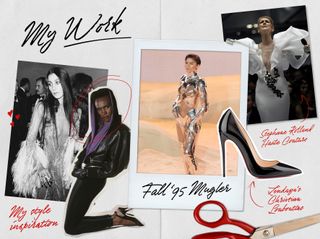
(Image credit: Ron Galella Collection via Getty Images; Keith Hamshere/Getty Images; Wiktor Szymanowicz/Future Publishing via Getty Images; Ethan Miller/Getty Images; Getty; Pictured: Christian Louboutin So Kate Pumps ($795))
What style icons are on your inspiration board? And what do you love most about them?
Grace Jones, Cher, Zendaya. What I love about Grace Jones is that she’s the ultimate risk-taker. I think so many people continue to say that Grace is their source of inspiration. And then, oh my god, Cher. I love the relationship between her and the designer Bob Mackie—the back-and-forth dance they shared regarding styling inspires me. Lastly, Zendaya inspires me because I’ve been able to grow up with her. Watching her grow into her womanhood and create her own individual style and sense of identity outside of me has been really inspiring. I think it’s just really cool seeing how Zendaya has taken everything we’ve learned from working together and put her spin on it, creating her own kind of off-duty style. She’s been my fashion soulmate and style sibling, and we always tell each other that.
What’s the most-used item in your styling kit?
Double-sided tape, for sure.
You’ve styled some incredible red carpets over the years. Are there any looks you’ve styled that you look back on fondly? Why?
There are two looks. The first is Zendaya wearing the archival Mugler robot suit for the Dune tour in 2024. I think it’s one of my favorites because, in part, it felt almost impossible to pull off, but then it became possible. I think that kind of hope, the possibility of what could be, has always been what my career stands for, so this look very much embodies that to me. I also think that this particular look has now become a favorite of fans, even those outside of the fashion world, to the point where, honestly, as humbly as I can say this, I think it’s one of the biggest fashion moments of all time. My second favorite look that I’ve styled is Céline Dion wearing Stéphane Rolland for the Billboard Awards 2017—that moment was emotional. I think it was the first time I’ve actually ever cried at my work; it was just so perfect. It was, you know, this iconic performance. It was the 20th anniversary of Titanic, with Céline signing her song with that dress under those lights. Céline’s voice is undeniably one of the greatest of all time, and being a part of that is something that was just so special.
One of the incredible things about your work is that you’ve created these style moments that will undoubtedly leave their mark on the culture. But we’re curious how doing this work has influenced how you see the world. Conversely, how do you think your work has shifted how others see the fashion world?
It’s influenced a couple of things, actually. In doing this work, it has made my world so much bigger, meaning that the things I have access to are larger than what I might have ever imagined. But on the flip side of that, it’s also made the world smaller in a way—I can communicate with a designer in Australia or Japan or in a small town somewhere in Europe that I would have never even known existed. And then, there’s the other aspect of my presence in this industry. As I’ve been able to navigate the industry, it’s opened up possibilities for people who look like me when that has historically seemed somewhat impossible. I think that’s what I want my work to stand for—for that to be my legacy.
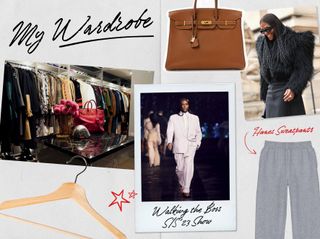
(Image credit: Phylicia J. Munn/Trunk Archive; Getty; Launchmetrics Spotlight/Boss S/S 23; Jacopo Raule/Getty Images; Pictured: Hermès Togo Birkin 25 Gold ($298995); Hanes EcoSmart Fleece Sweatpants ($15))
What’s the one luxury item you feel is worth the investment?
My Hermès Birkin. I feel like I carry my Birkin Bag as Jane Birkin carried hers; it’s a prized possession. But I also carry it all the time because it’s functional and makes me feel good. Honestly, it makes me feel quite beautiful.
What’s your cheap-thrill fashion find that you love?
My Hanes sweatpants from Target. It’s one of those items that are so accessible to anyone and everybody. But for me, they give me the sense of comfort and familiarity of, you know, where I came from.
What do you love most about these two items?
It’s so funny because these two pieces are polar opposites. But the juxtaposition of my Hermès bag and Hanes sweatpants, the duality of both of those things and wearing them simultaneously, is something that I think funnily speaks to my own style. It plays to both sides of my life and lifestyle, where I am versus where I came from, and being accepting and grateful for both sides. I think that’s why I’m so drawn to these two things.
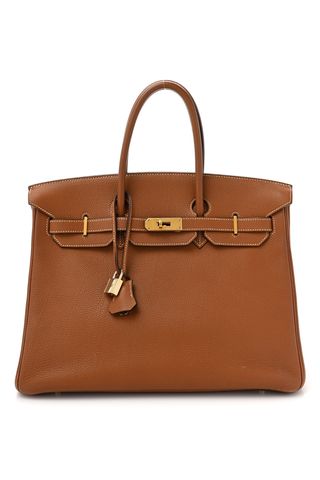
Hermès
Togo Birkin 25 Gold
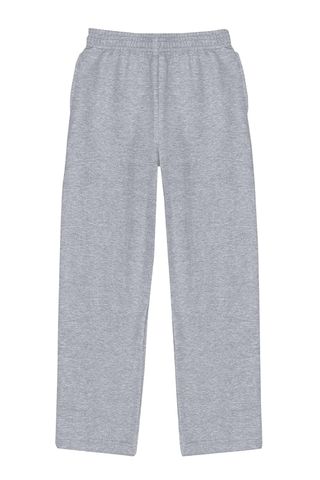
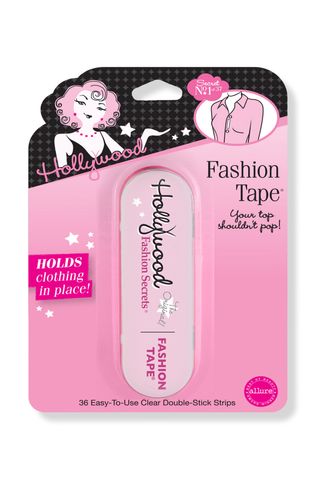
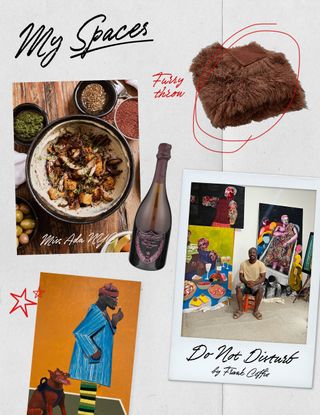
Do you think finding the balance between comfort and luxury also applies to your home space?
I do. I think that’s what real style is about. Fashion and style are two totally different things. I believe style is about finding great pieces that speak to you and that you love.
Finish the following sentence: My home wouldn’t be complete without __________.
Great sheets, Fiji water, a bottle of Dom Pérignon rosé, and my Mongolian brown sheepskin fur throw blanket from CB2.
What’s the most prized possession in your home? And why?
My most prized possession is a new painting entitled “Do Not Disturb,” which I purchased from the artist Frank Coffie. I love this painting because it reminds me of my uncles. When I was growing up, I had five uncles, and they played an important role in my life. The painting reminds me of how they used to look in old pictures from the ’70s and early ’80s; it’s very nostalgic.
What’s your favorite local spot to feel most comfortable when you’re not home?
Miss Ada NYC in Brooklyn. It has excellent food and a great atmosphere.
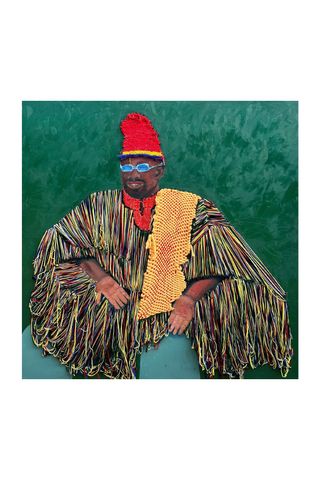
Frank Coffie
"Open Prayer" (2022)

CB2
Mongolian Throw Blanket
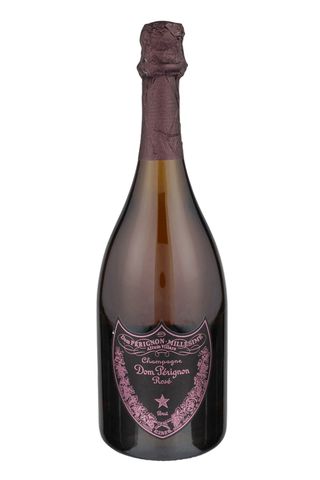
Dom Pérignon
Sparkling Rosé, 2009
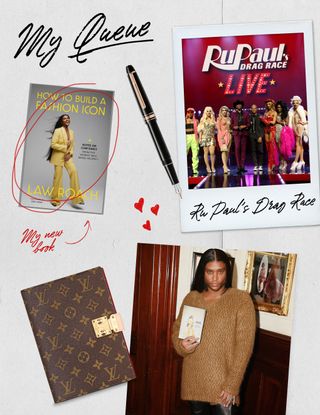
Is there a specific book that you’re currently reading?
My memoir, How to Build a Fashion Icon: Notes on Confidence From the World’s Only Image Architect, is currently at the top of my queue.
You just finished writing your first book. As you were working on it, were there any other written works from others that inspired you?
Quite honestly, I used writing this book as time with myself. It was a form of therapy. Right after I retired, I was alone with my thoughts and experiences. I had time to reflect on all of the things that had brought me to that moment in my life. I was able to see all of the things that I had learned throughout the years from my own experiences, my career, and all of the women I’ve worked with and use them to write this book.
What’s the one beloved deep-cut music album you listen to on repeat?
I don’t really listen to music, to be honest.
Is there a television show you’re binge-watching that has become the center of your world as of late? And why do you love it?
RuPaul’s Drag Race. I think the show is a testament to RuPaul’s whole philosophy—she’s always been about love and self-love specifically. And I think she took an aspect of culture considered a subculture for so long and brought it into the mainstream to share it with the world. I think that’s what draws me to the show. Also, I just love how talented all the queens are, you know?
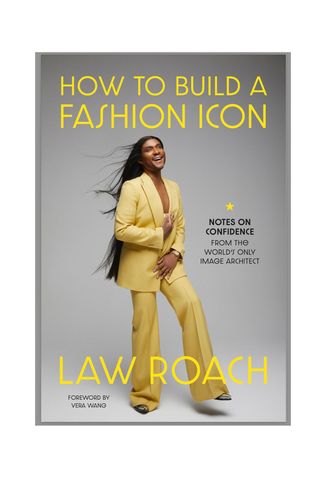
Law Roach
How to Build a Fashion Icon
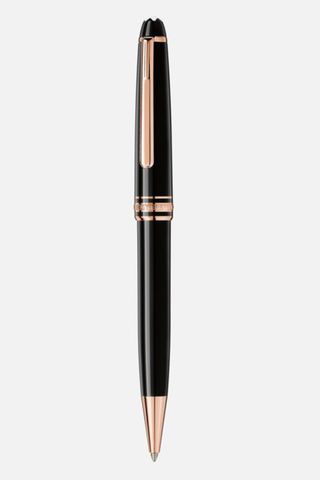
Montblanc
Meisterstück Ballpoint Pen
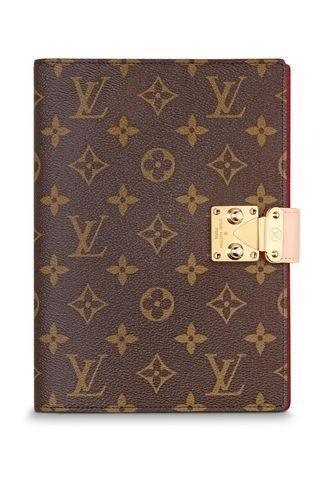
Louis Vuitton
Notebook Cover Paul MM
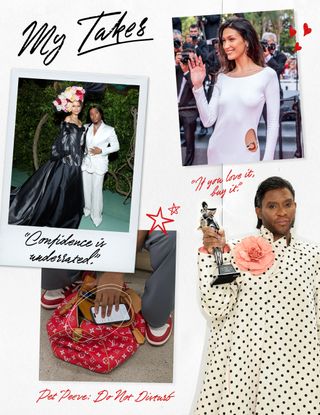
(Image credit: Cindy Ord/MG24/Getty Images for The Met Museum/Vogue; Stephane Cardinale - Corbis/Corbis via Getty Images; Dimitrios Kambouris_Getty Images; @luxurylaw)
What’s the one etiquette rule that you stand by?
If you love it, buy it. If you buy it, wear it. And if you wear it, wear it over again.
What’s your biggest pet peeve?
Do Not Disturb on people’s phone.
What’s something that’s overrated and underrated in your mind?
Underrated: confidence. Overrated: comparing yourself to people.
In addition to releasing your book, you’ve acquired the online platform School of Style. What compelled you to partner with Kent Belden to launch a platform dedicated to educating aspiring fashion stylists?
Well, Kent has been my agent for the last eight years, and I’ve found his dedication to the arts through nurturing and developing stylists inspirational. It just kind of made it a natural partnership. Also, I believe the reach of his agency [The Only Agency] will be very instrumental in giving people real opportunities. The most important thing for me is not to sell a dream but to share the tools they’ll need to enter the industry and achieve what they’re hoping for in the long term.
Young stylists face many challenges as they enter the industry. How do you hope this service helps them along their journey?
I hope it helps them launch their careers. I will be teaching them how to launch them with my infrastructure—all of the things and tools I used to become the stylist that I became. You know, I didn’t have any type of mentorship or couldn’t work for anyone earlier in my career, so I had to build all of the structures for my business. I had to make that business successful. One of the course’s most critical parts will be the financial literacy lecture. When people enter this industry and start making money as freelancers, they don’t quite understand how to navigate dealing with taxes and corporations and the best ways to deal with them. It’s one of the most crucial parts of setting them up for success because it requires a level of technicality. But I believe that the technique can be taught to other people, and it can be given to others. With my courses, I will share how I navigated this industry and became successful in a way broken down into collegiate-level coursework.
Is there any advice you wish you would have known when you first embarked on your career that you hope to share with others through your courses?
Honestly, the financial part of it was what I wish someone had taught me. After my first couple of years, to be very transparent, I was in a lot of trouble with the IRS. And it wasn’t just because I didn’t know; no one had ever explained how to set up a styling business. I didn’t come from a family with great financial literacy, so I was just thrust into this world where I was making money but wasn’t paying my taxes correctly.
We think it’s incredibly admirable that you’ve spent the last few months writing your book and launching the School of Style platform to share everything you’ve learned. It speaks to your understanding that to bring another generation forward, you must give them the tools they need to succeed. But we’re curious: How, if at all, have these projects impacted how you view your legacy?
With everything in my career now, I’m choosing to do things that will benefit others and help others grow, especially those who aspire to have a similar career. I just think it’s the right thing to do, and it feels good to pay it forward this way. I hope these two projects will play a huge role in my legacy. I think that’s what’s always been important to me. I’ve never wanted my legacy just to be, “Oh, well, he put pretty girls in pretty dresses,” you know? I’ve always believed that it should be a bit more.





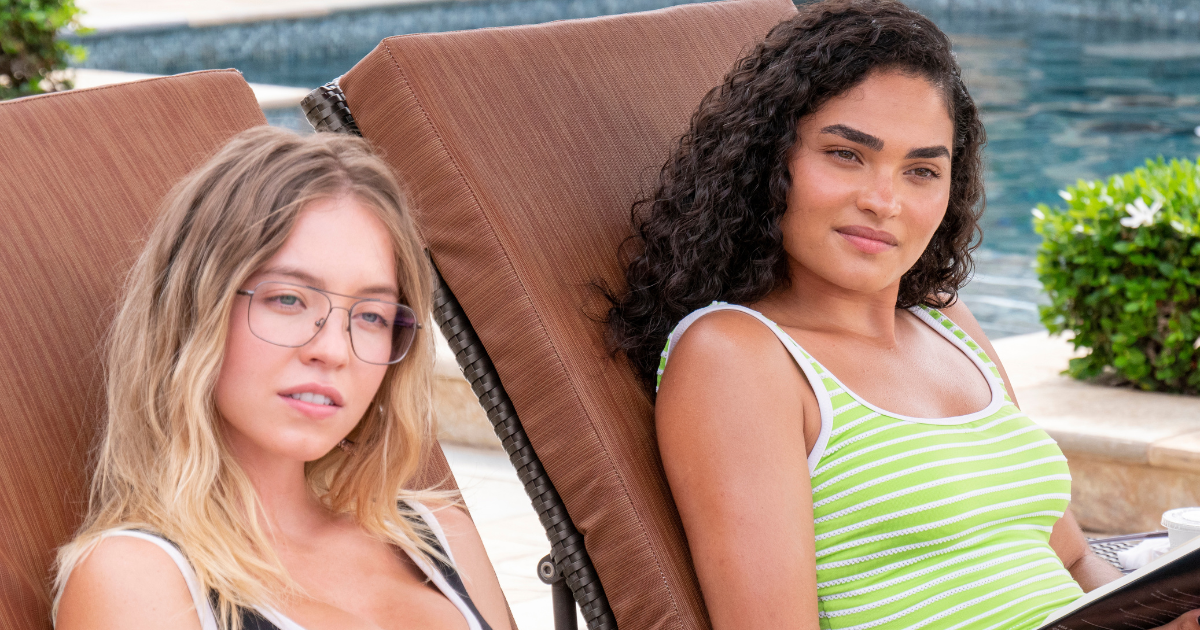














 English (US) ·
English (US) ·